
Tudsz titkot tartani?, Gy?z a bébics?sz: Bianca 317?318.
¥49.79
Tudsz titkot tartani?, Gy?z a bébics?sz: Bianca 317?318.

Csak azért sem gy?l?llek titeket
¥31.39
Csak azért sem gy?l?llek titeket

Csiszolatlan gyémánt
¥66.79
Csiszolatlan gyémánt
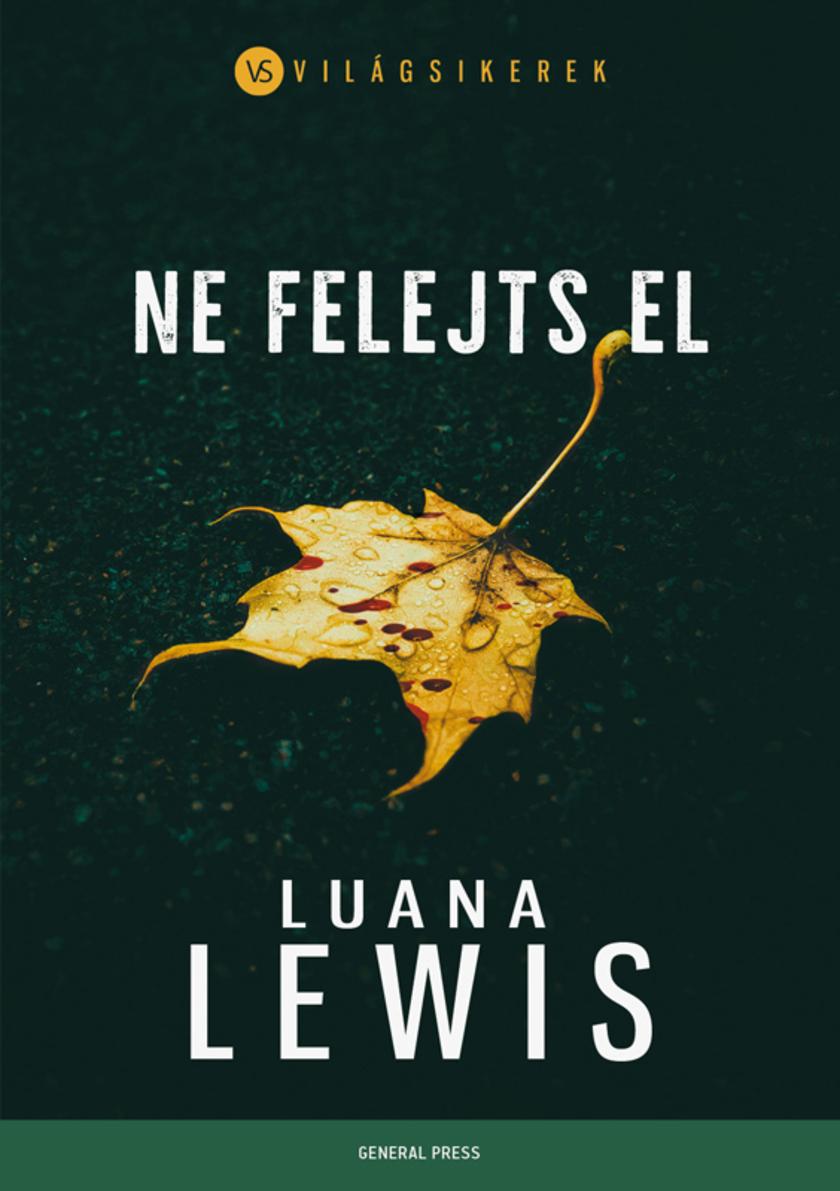
Ne felejts el
¥58.04
Ne felejts el

Csendfolyó: Az vagy nekem 3.
¥67.12
Csendfolyó: Az vagy nekem 3.

A boldog emberek es?ben csókolóznak
¥58.04
A boldog emberek es?ben csókolóznak

T?vispuszta
¥75.54
T?vispuszta
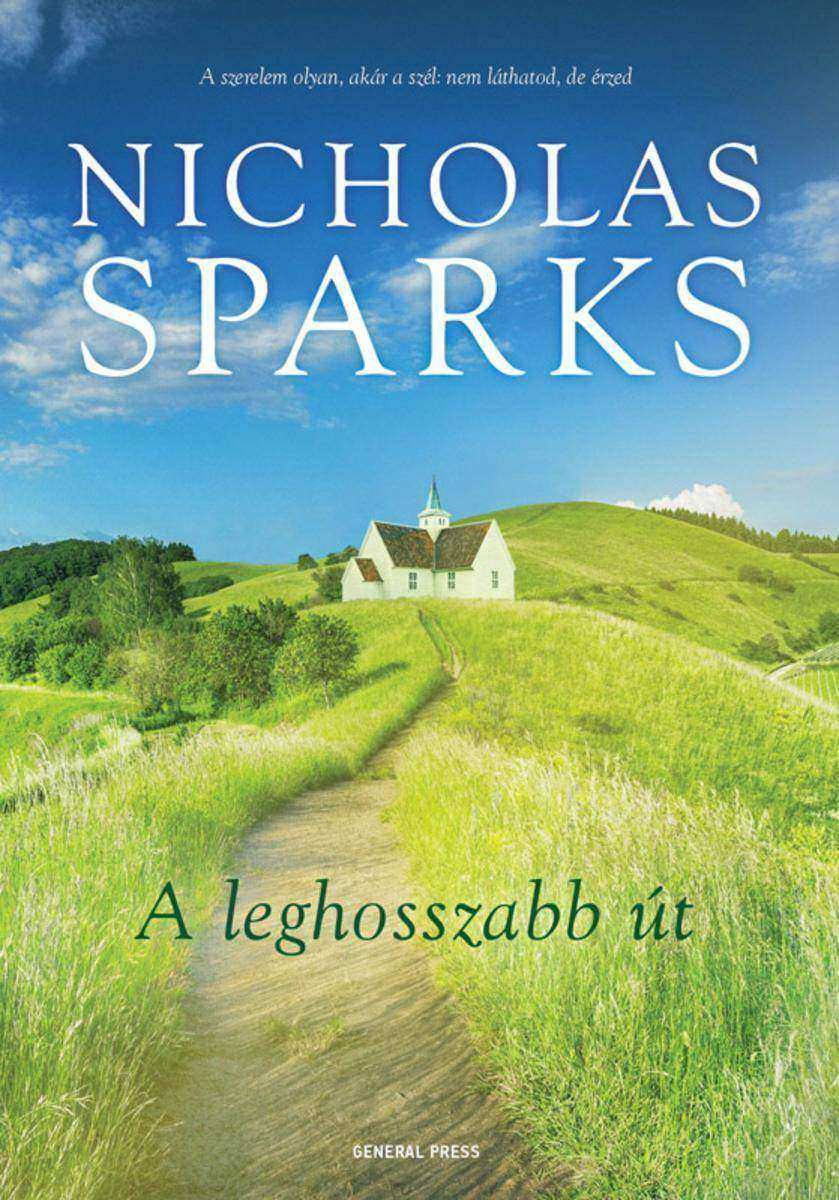
A leghosszabb út
¥49.30
A leghosszabb út

Romana kül?nszám 41. k?tet
¥43.08
Romana kül?nszám 41. k?tet
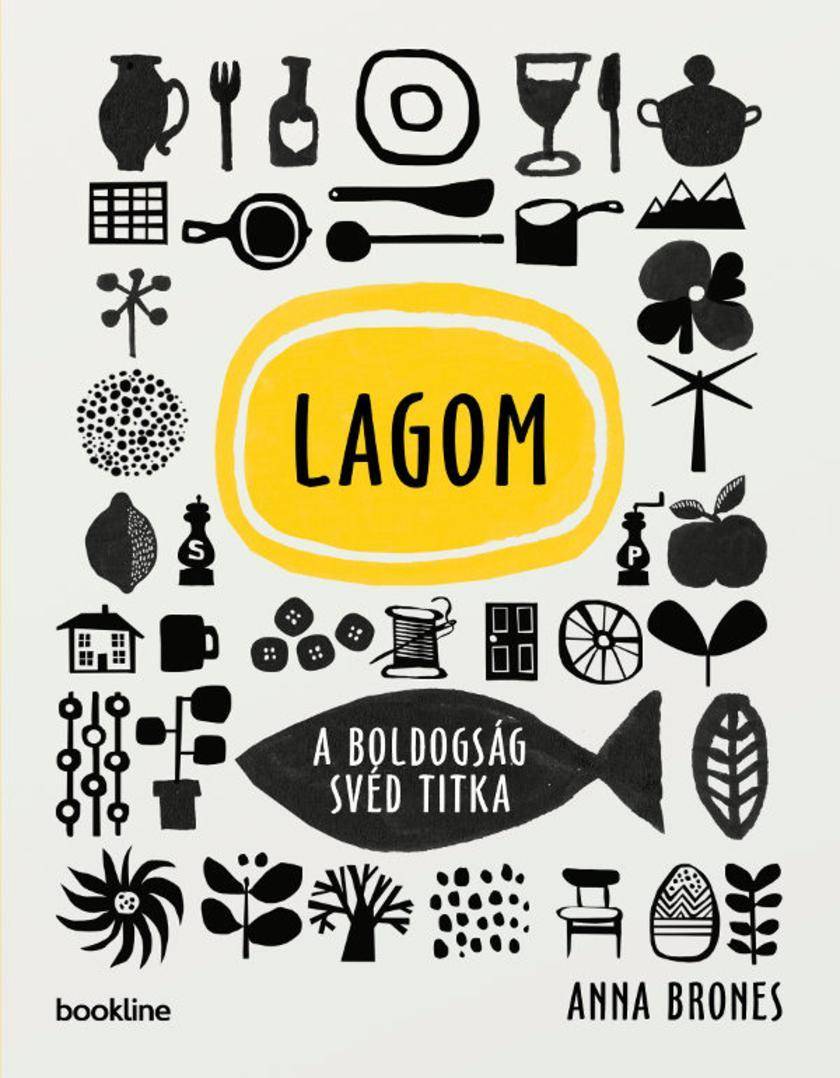
Lagom: A boldogság svéd titka
¥66.79
Lagom: A boldogság svéd titka
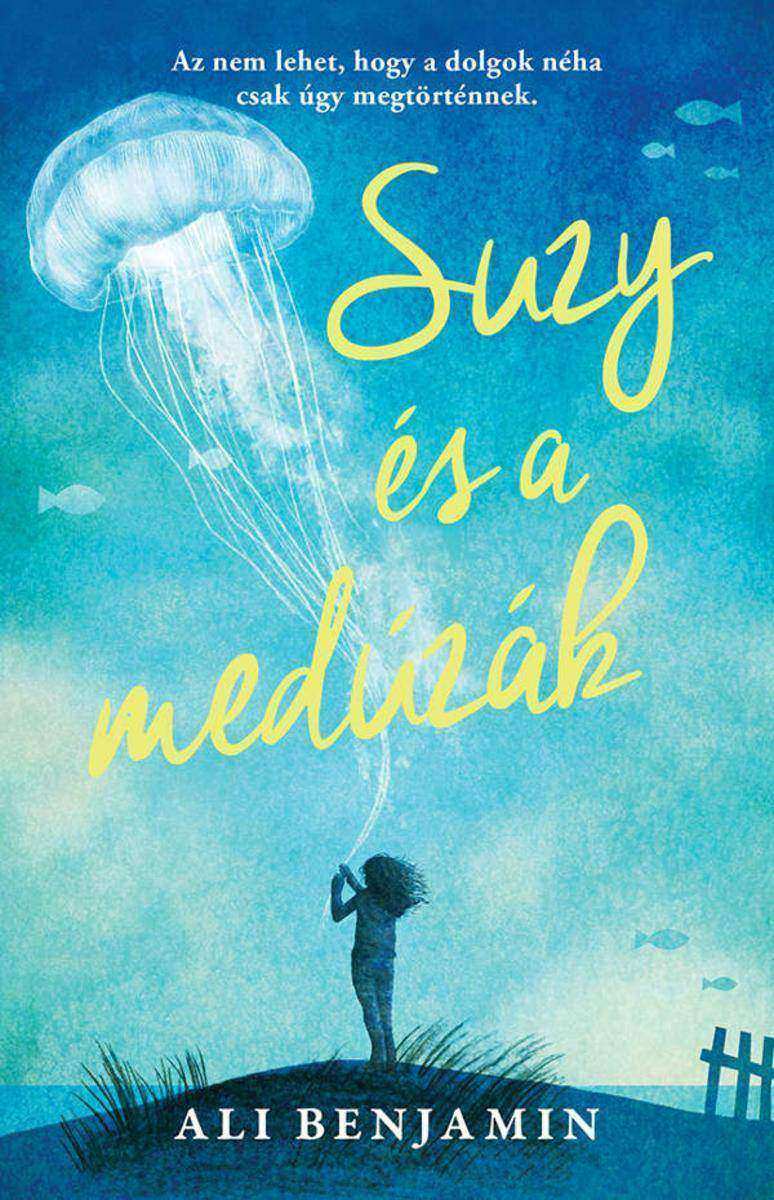
Suzy és a medúzák
¥58.29
Suzy és a medúzák

Kés? este
¥26.08
Kés? este

Találkozzunk Rómában!
¥75.54
Találkozzunk Rómában!

?gi ászok: Wild Cards 2.
¥75.54
gi ászok: Wild Cards 2.

Singielka. Od równowagi emocjonalnej do mi?o?ci
¥117.07
Singielka. Od równowagi emocjonalnej do mi?o?ci

A t?z hajója
¥69.65
A t?z hajója
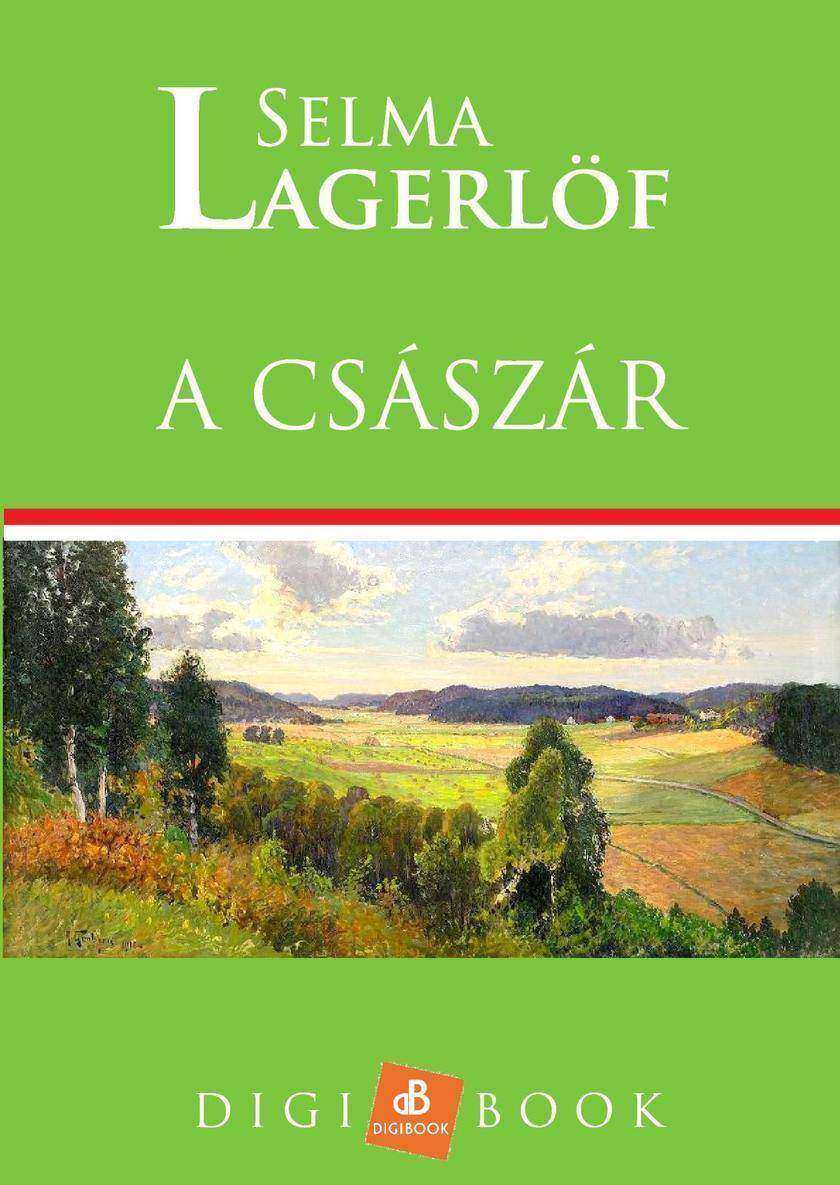
A császár
¥17.17
A császár

?tnegyed narancs
¥66.79
tnegyed narancs

Júlia kül?nszám 36. k?tet
¥43.08
Júlia kül?nszám 36. k?tet

Copperfield Dávid ifjúsága
¥28.86
Copperfield Dávid ifjúsága

Boszorkányok
¥57.31
Boszorkányok




 购物车
购物车 个人中心
个人中心



